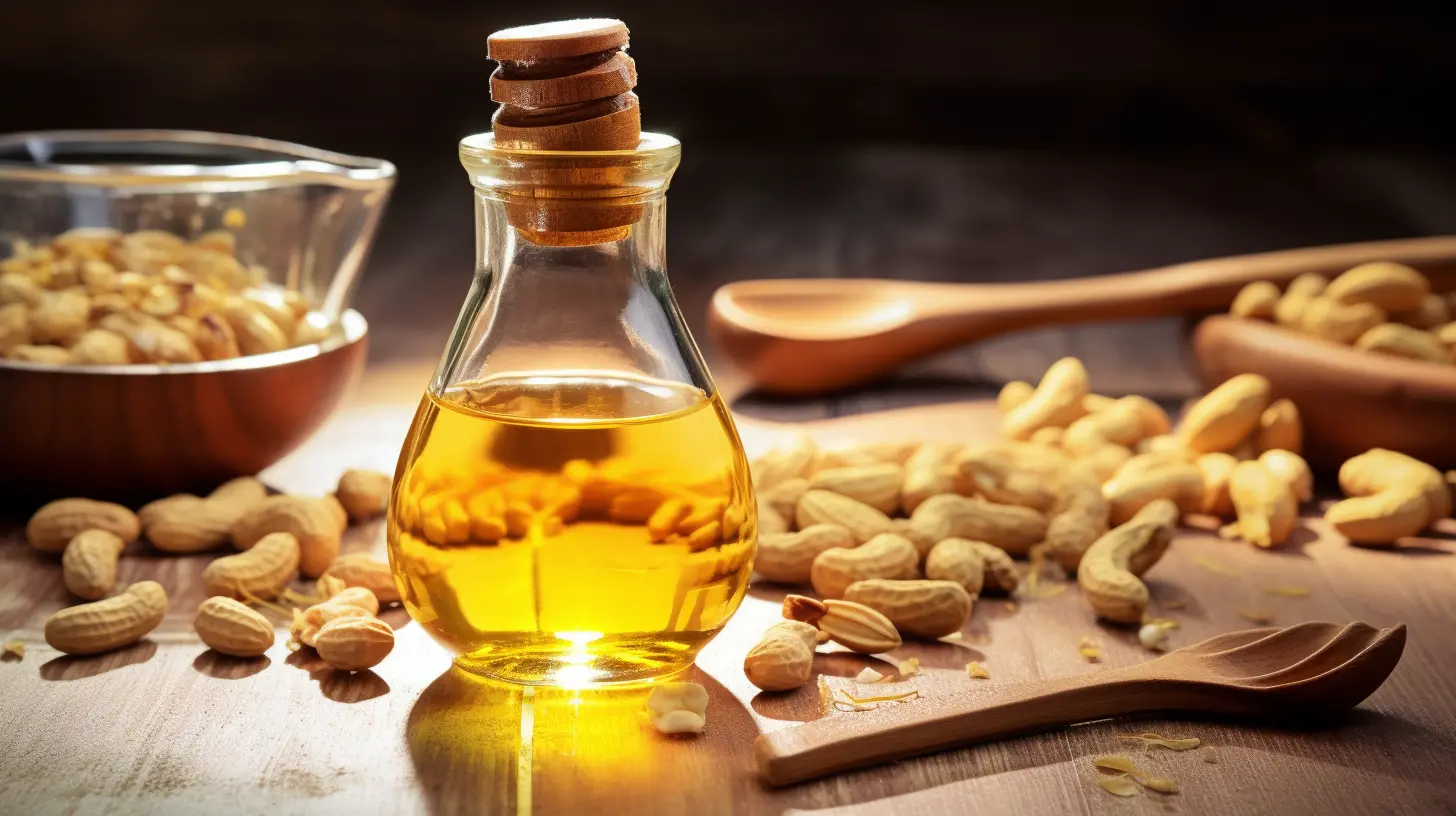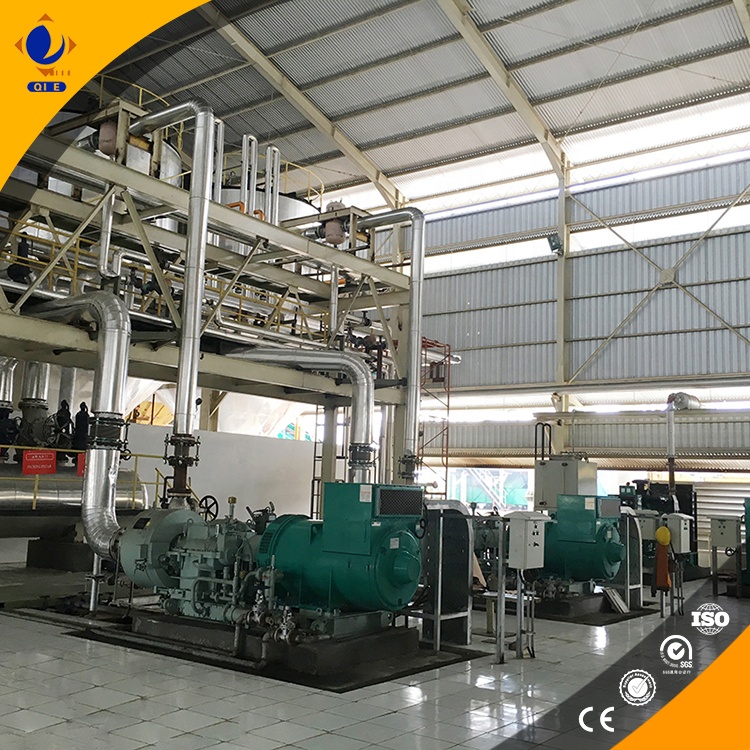
Have you ever wondered how that high - quality peanut oil on your kitchen shelf is made? The journey from a simple peanut to a bottle of delicious, healthy oil is a fascinating one, filled with intricate processes that ensure the best quality. Let's take a deep dive into the world of peanut oil production.
The first step in peanut oil production is shelling. Peanuts arrive at the factory in their shells. Specialized shelling machines are used to remove the outer shells, revealing the edible kernels inside. This process is crucial as it prepares the peanuts for further processing. A well - shelled peanut kernel is key to a smooth production process.

There are two main methods of extracting oil from peanuts: hot pressing and cold pressing. Hot pressing involves heating the peanuts before extraction. This method generally has a higher oil yield, often reaching around 40 - 45%. The oil produced has a stronger flavor and aroma, making it popular for cooking in many regions. The remaining oil cake can be used as high - quality animal feed.
In contrast, cold pressing is done at lower temperatures, usually below 60°C. The oil yield is relatively lower, about 30 - 35%. However, cold - pressed oil retains more nutrients and has a lighter color and milder flavor. A company in the United States once switched to cold - pressing their peanut oil. As a result, they attracted health - conscious consumers and saw a significant increase in sales.
After shelling, the peanuts need to be cleaned. Special cleaning machines are used to remove dirt, stones, and other impurities. These machines can improve the production efficiency by up to 20% and increase the oil yield by about 5%. For example, a peanut oil factory in China reported that after upgrading their cleaning equipment, they were able to produce more oil with the same amount of peanuts.

Baking is an important step in producing fragrant peanut oil. The right baking temperature is crucial. Generally, a temperature range of 120 - 150°C is considered ideal. At this temperature, the peanuts develop a rich, nutty flavor. For instance, a well - known peanut oil brand in Spain strictly controls the baking temperature within this range, and their products are well - received for their strong aroma.
Crushing the peanuts can significantly increase the oil yield. By breaking the peanuts into smaller pieces, the oil - containing cells are exposed, making it easier for the oil to be extracted. After crushing, the oil yield can be increased by about 3 - 5%. Additionally, the red skins of the peanuts can be collected and used in traditional medicine or as a natural pigment.
During the oil extraction process, a screw - type peanut oil press is commonly used. The parameters of the press, such as the rotation speed and pressure, need to be carefully adjusted. After extraction, the oil cake can be further processed. It can be used as fertilizer or made into high - protein animal feed, maximizing the utilization of peanuts.

After extraction, the peanut oil may undergo a refining process to remove impurities, improve clarity, and extend shelf life. This process ensures that the final product meets high - quality standards.
The production of peanut oil is a complex and professional process. Every step, from shelling to refining, is carefully designed to ensure the best quality. This complexity reflects our brand's pursuit of excellence. We are committed to providing high - quality peanut oil that meets the needs of consumers worldwide.
Are you interested in our high - quality peanut oil? Contact us today to explore business opportunities and experience the difference of our professionally - produced peanut oil!
Q: Which is better, hot - pressed or cold - pressed peanut oil? A: It depends on your needs. Hot - pressed oil has a stronger flavor, while cold - pressed oil retains more nutrients.
Q: Can the oil cake be used for human consumption? A: Although the oil cake is rich in protein, it is usually used for animal feed or fertilizer due to its texture and processing methods.

